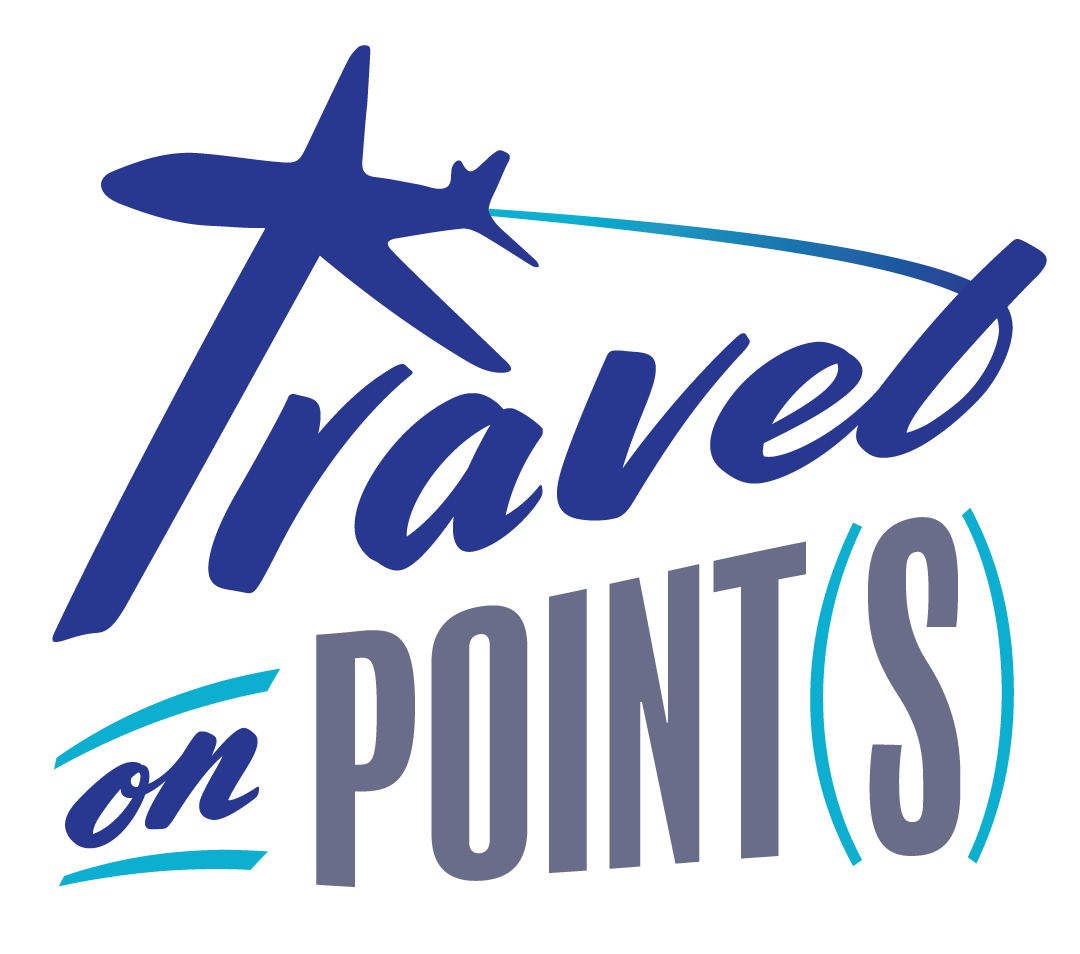If you're here, it's because you are curious about using points & miles to travel for free or nearly free. Many people only dream of going on safari in Africa, snorkeling in the Maldives, or enjoying fresh sushi in Japan. But you can do all this and more by traveling on points. Many members of the Travel on Point(s) Facebook group have taken these aspirational trips and much more while spending very little money out of pocket. So what does it mean to travel on points?
Table of Contents
ToggleHow to Travel on Points: A Summary
Traveling on points boils down to three main steps: earn, burn, and repeat.
- Earn points and miles, mainly through credit card bonuses and spend
- Burn points by redeeming with transfer partners, like airlines and hotels
- Repeat steps 1 and 2 so you can keep traveling for free or nearly free
Let's break each of these steps into some more detail.
1. Earn
Earning points and miles is very straightforward. Opening new credit cards to earn valuable sign-up bonuses is the fastest way to accumulate points. You can also earn points by using credit cards whenever you can instead of paying with cash or debit cards. This means using a credit card to pay for groceries, gas, dining out, online shopping, and of course, travel. Lastly, you can earn additional points by using shopping portals for all your online purchases.
2. Burn
Burning points means redeeming your points wisely so you can travel more while using fewer points. This step involves three possibilities: using points through a travel portal, transferring points to airline or hotel partners, and deciding to use cash instead of points.
Many people have heard of the Chase Ultimate Rewards travel portal. American Express, Citi, and Capital One each have their own travel portals too. Usually, travel portals do not present the best use of points. This is because travel portals let you redeem points at a fixed price. For example, holders of the Chase Sapphire Preferred can redeem their points through the Chase portal at 1.25 cents per point. If you wanted to book a business class flight from New York to Paris on United Airlines that cost $3,000, you would need 240,000 points to book through the Chase portal.
But what if you could take that $3,000 flight to Paris for 60,000 Chase Ultimate Rewards instead? That's where transfer partners come in. Instead of redeeming 240,000 points through the portal, you can book this exact same flight with only 60,000 Chase points and a few dollars in taxes. You can do that by transferring 60,000 points from Chase to Air Canada Aeroplan, one of Chase's transfer partners. You're now on your way to Paris in business class for one-fourth of the price that the Ultimate Rewards portal would charge you.

3. Repeat
After you get back from that first trip you booked with points, you'll want to travel more. But now what? Do you open more credit cards? Yes, but carefully and intelligently. As you learn more about how to travel on points, you'll discover new ways to use your points to travel all over the world.
How to Travel on Points: ToP Thoughts
The great thing about traveling on points is that anyone can benefit from this hobby regardless of their travel goals. Some prefer to only fly first class to experience ultimate luxury. Others will regularly fly economy as long as they get to their destination for free. You can benefit from traveling on points even if you have no desire to leave the country. You can still save money on all your domestic travel, whether it’s visiting family in another state or visiting all the National Parks.
Next Steps
To continue learning about how to travel on points, check out the other articles in our Getting Started section. There you will learn about the importance of getting your financial life in order, what is a credit score (and how its calculated), how to keep track of your credit score, and what is the (in)famous 5/24 rule.
If you want to learn more, make sure to join the discussion in our Facebook group!








